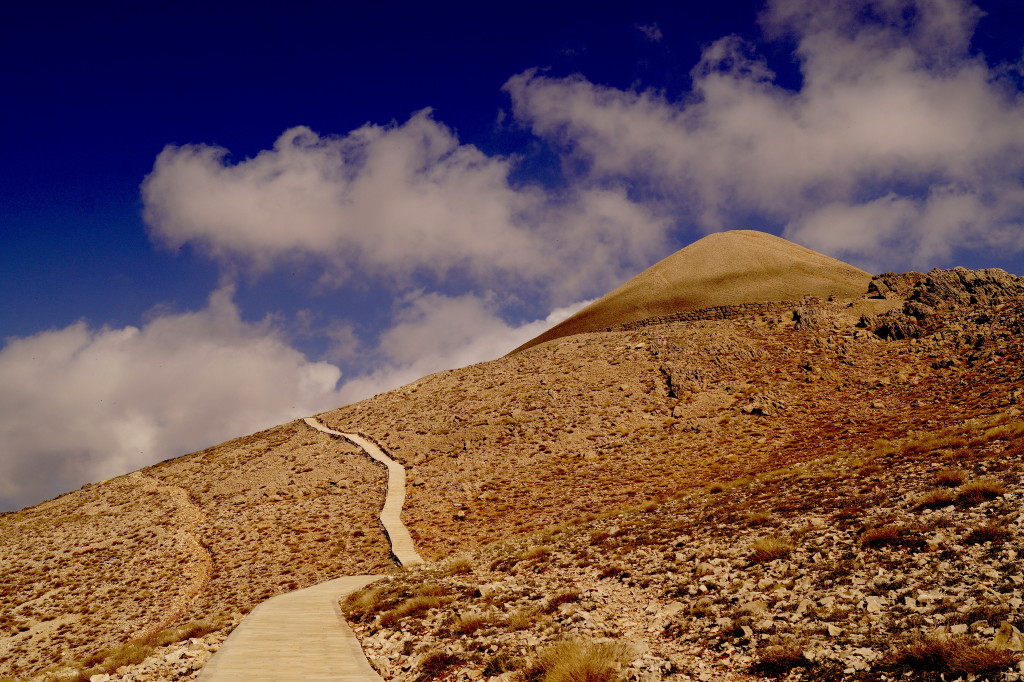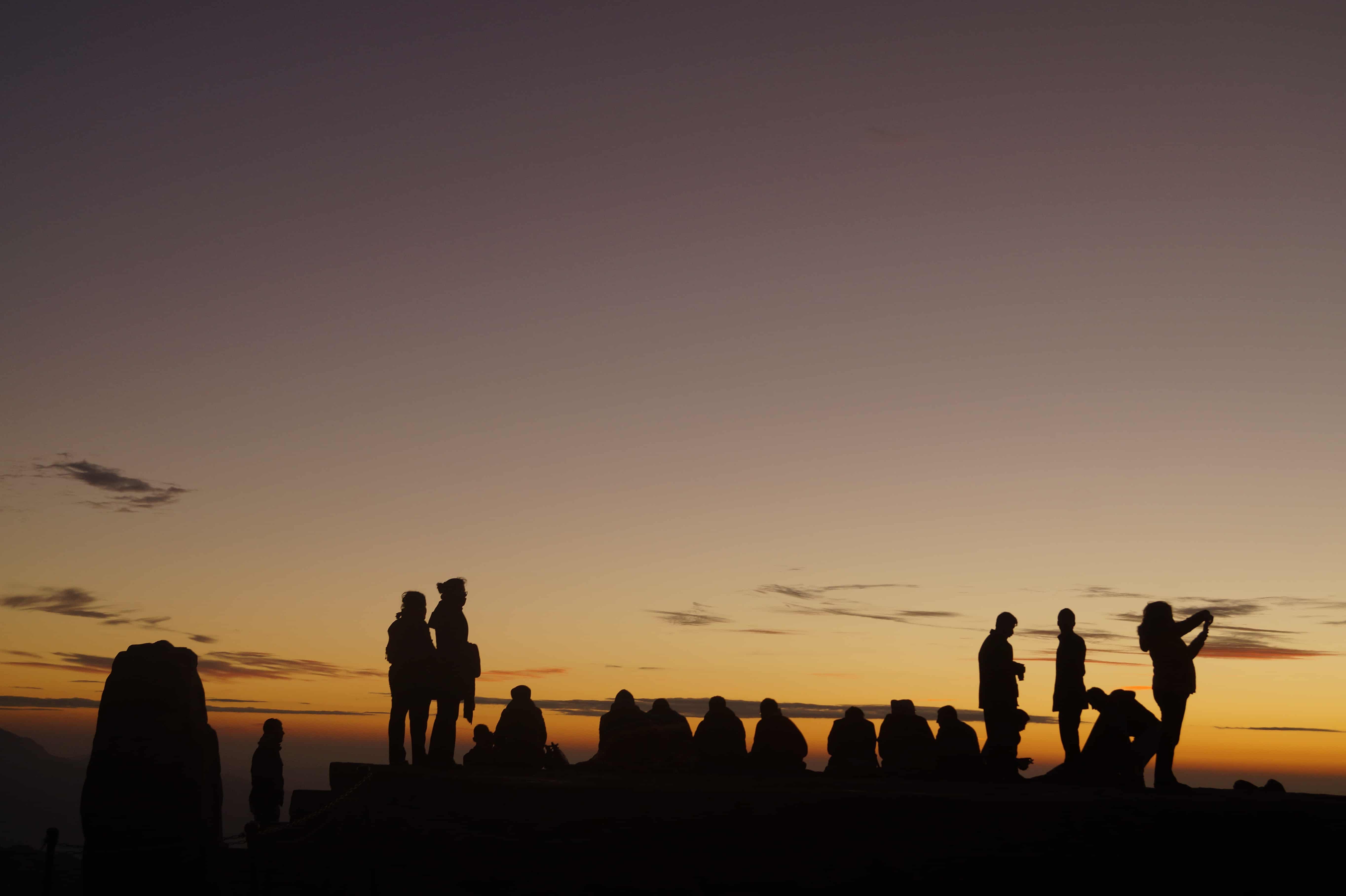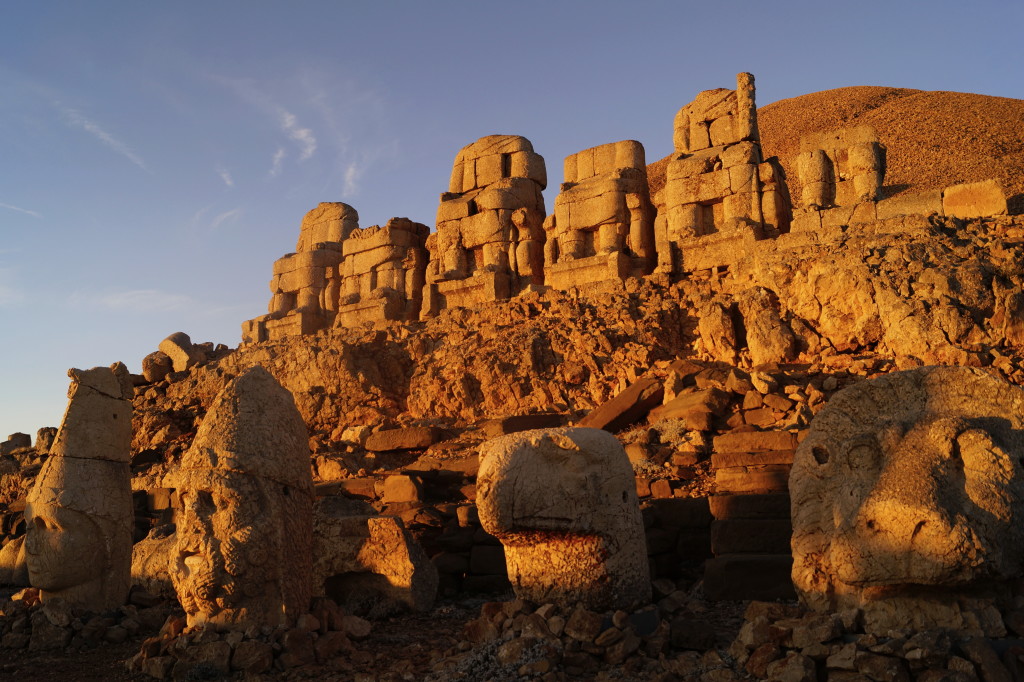Who said there was something wrong with megalomania and narcissism? Antiochus I Theos Dikaios Epiphanes Philorhomaios Philhellenos of Commagene certainly did not think so. This guy, who had a very long name and ruled over the region between 69 and 34 BC, had a very mixed ancestry and was extremely proud of it. Anyone would be proud if they could claim to be a descendant of both the generals of Alexander the Great and the Persian King Darius. Mind that all this happened long before online ancestry-tracking websites and DNA testing, and thus no one could possibly legally argue another person’s claimed blood relation to, let’s say, Zeus the god.
On his paternal side, Antiochus I (Theos Dikaios Epiphanes Philorhomaios Philhellenos of Commagene) came from the lineage of Armenian and Persian royals, and his mother was Greek princess Laodice VII Thea of the Seleucid Empire. The ‘Theos’ part of his title means ‘God’, claiming his divine right to rule over the people. In a way, Antiochus did a good job maintaining peace with the Romans –who were always the biggest bullies of the region — during those times; he managed to juggle both his relationship with Pompey and peace with his eastern neighbours.

Taking pride in his diplomatic achievements, Antiochus spent all of his rule creating the cult of himself within the Commagene empire. To top it all off, he commissioned a tomb for himself that would be buried inside a mound in order to render it inaccessible to robbers (and archeologists). It could have been a palace of one thousand chambers, but Antiochus resorted to modesty. It is believed that the emperor is buried in a single sarcophagus inside the 50-meter tumulus on top of Nemrut, under the statues of gods, but no one has been able to dig it up to confirm or deny.
Standing on top of Nemrut Dağı, one can see far into the yellow landscape of the surrounding hills, which are coated in mist in the early morning. At night, when you can see nothing but the bright stars up in the sky, the wind echoes across the empty valleys and creates a phantom sound of sea waves crashing against the shore. The temperatures drop after sunset, but during the day the sun can be pitiless and melt you right into the stone bas reliefs.

There are two terraces, one facing the east and the other the west, and watching both sunrise and sunset on Nemrut Dağı is an otherworldly experience. The statues are about 8-10 meters tall, and their heads fell off long time ago, due to earthquakes or partial erosion. Now that the heads of gods are on the ground, you can stand tall enough to look them in the eyes, feeling small and dwarfed both by the surrounding terrain and the magnificence of ancient craftsmanship.
The statues depict gods of the Greek, Persian, and Armenian pantheons, with the guardian eagle and lion statues on each end of the terrace. The seated bodies on the eastern terrace are covered with inscriptions on the back side of the thrones, identifying the deities: Zeus-Ahuramazda, Apollo-Mithras, Hercules-Verethragna, Goddess Tyche of Commagene, and Antiochus himself. Beside the statues and heads, the mound used to be circled by a series of reliefs — of which only a few remain — depicting the genealogical history of Antiochus and his ancestors. While the first high five seems to have been recorded in Egypt, Antiochus appears to be the first person in history to be depicted as shaking hands with a god.

In folklore, it is believed that ladybugs can make your wishes come true. All you have to do is let it crawl up your palm, make a wish, and send it flying up to the god(s). I suppose, the gods review your petition and decide if you are worthy of having your wish fulfilled. Now, Nemrut Dağı is crawling with ladybugs. Perhaps, they come over here to deliver human wishes to the divine beings who indeed inhabit the mountain. In this case, I am sorry to have stomped over some of your dreams.
Anna Rudycheva is a contributor to Yabangee. She is a relapsing coffee addict, fanatical cheese devotee, and incurable vagabond. More about it on her blog.
[geo_mashup_map]










